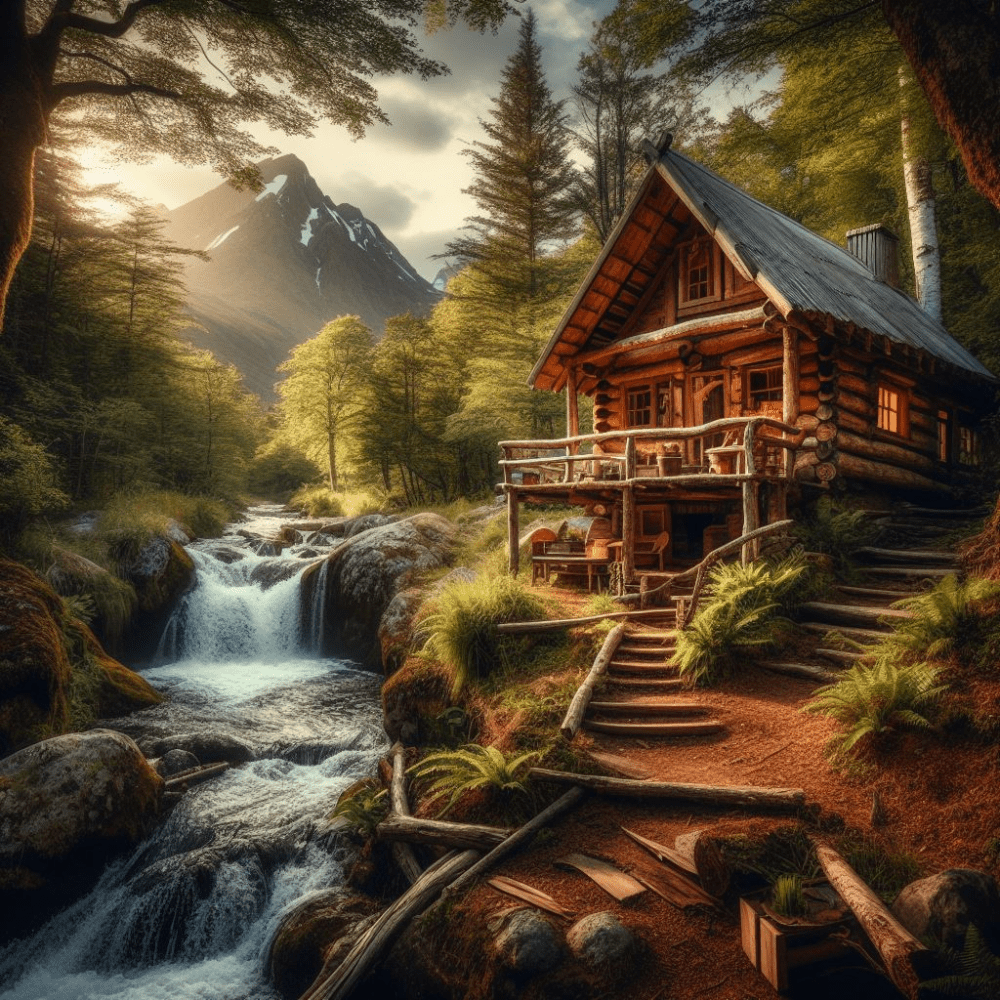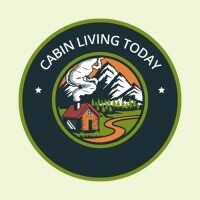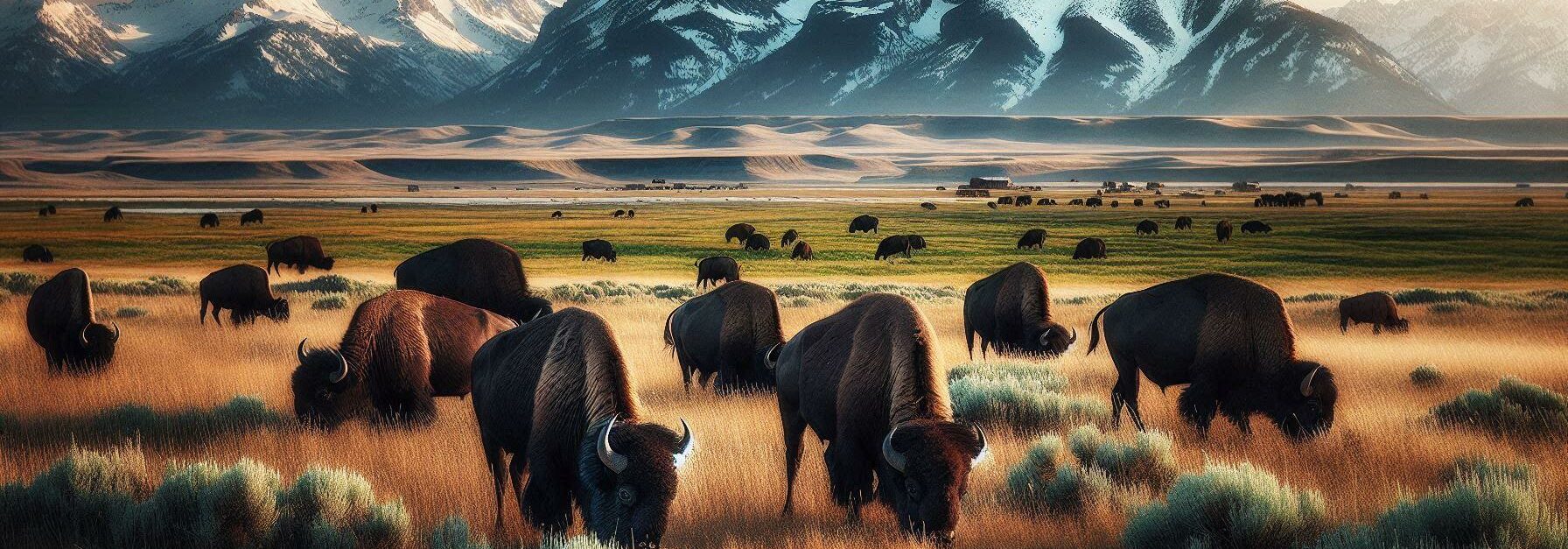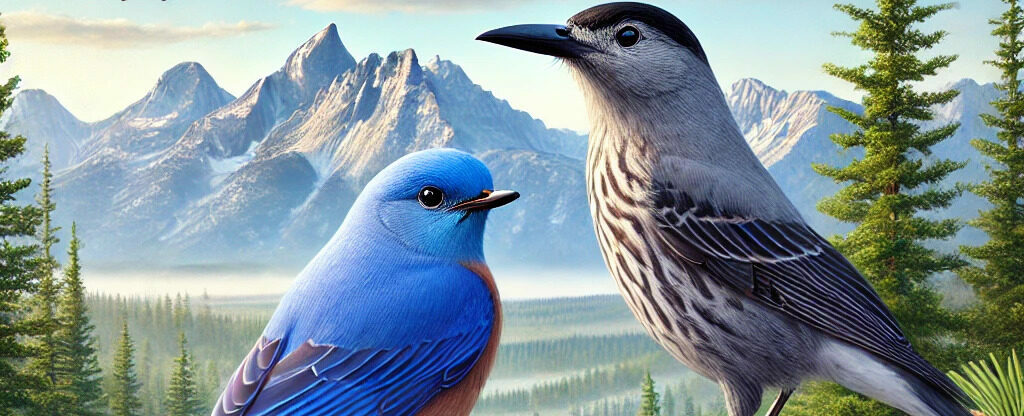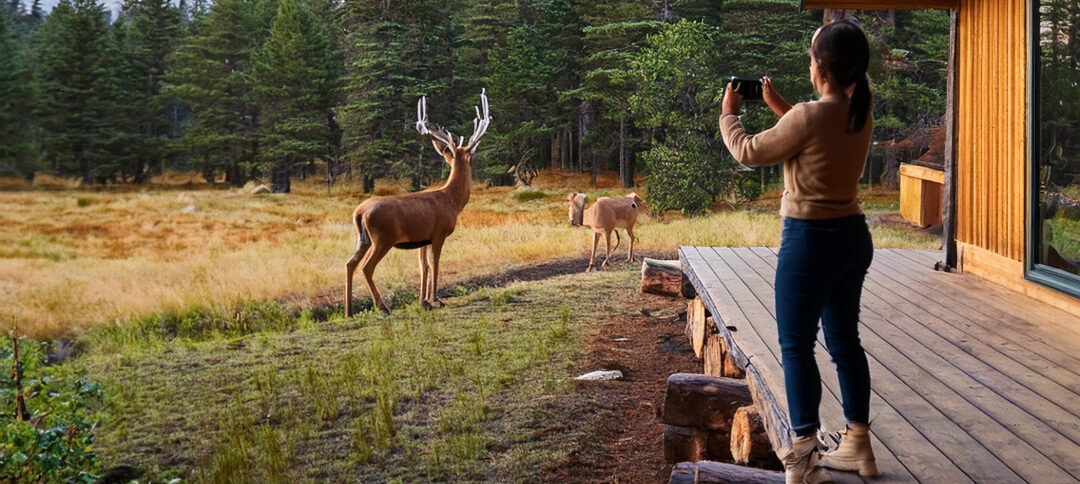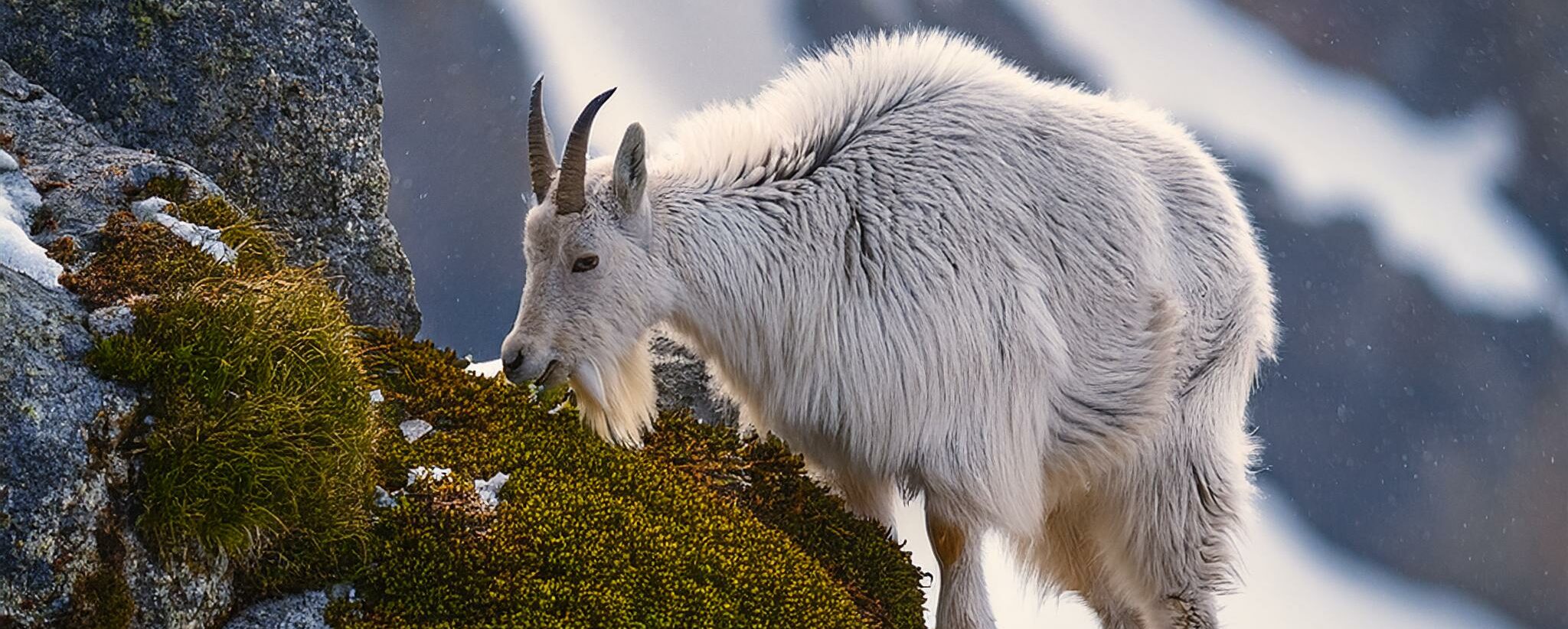The American bison, often confused with buffalo, is a symbol of the wild, open spaces of the United States. Known for their powerful presence and thick hunchbacked frame, these animals might look like they jumped straight out of an old western movie. Let’s strip that myth down and see the real deal. Despite their Hollywood fame, bison are deeply rooted in American history and culture—think Native American tribes and long cowboy trails.
When talking habitats, these massive creatures once roamed the vast Great Plains of North America freely. Nowadays, you’re mostly catching them in National Parks like Yellowstone and protected reserves. These are their homes, their safe zones, where they munch around pretty much undisturbed. Yet, the landscape isn’t just about their survival; it’s about preserving a whole eco-community where every organism plays its part.
Beyond the plains and parks, there’s a rich cultural and ecological importance to keep in mind. Bison were once on the brink due to overhunting and habitat loss, but thanks to progressive conservation efforts, they’ve made a pretty stellar comeback. Learning about these efforts not only makes you appreciate the buffalo’s tough journey, it can even spark inspiration to join in and help on a larger scale. It’s like being part of something bigger than yourself, right? What better way to start than understanding where they’ve been and where they’re headed!
Feeding Habits of the Wild Buffalo
Ever wonder what powers those hefty beasts roaming the plains? The bison’s diet might surprise you—it’s all about simplicity and sustainability. These giants mainly munch on grasses, and it’s pretty fascinating how they can turn plain old grass into pure muscle and energy. Think of them as the ultimate lawnmowers, maintaining the landscape in their own unique way.
During spring and summer, buffalo relish the fresh, green pastures like a gourmet buffet. But come winter, the menu changes as grasses dry up. They switch to shrubs or whatever nutrition they can dig out from under a blanket of snow. It’s a seasonal dining experience that’s all about making the best of what’s available.
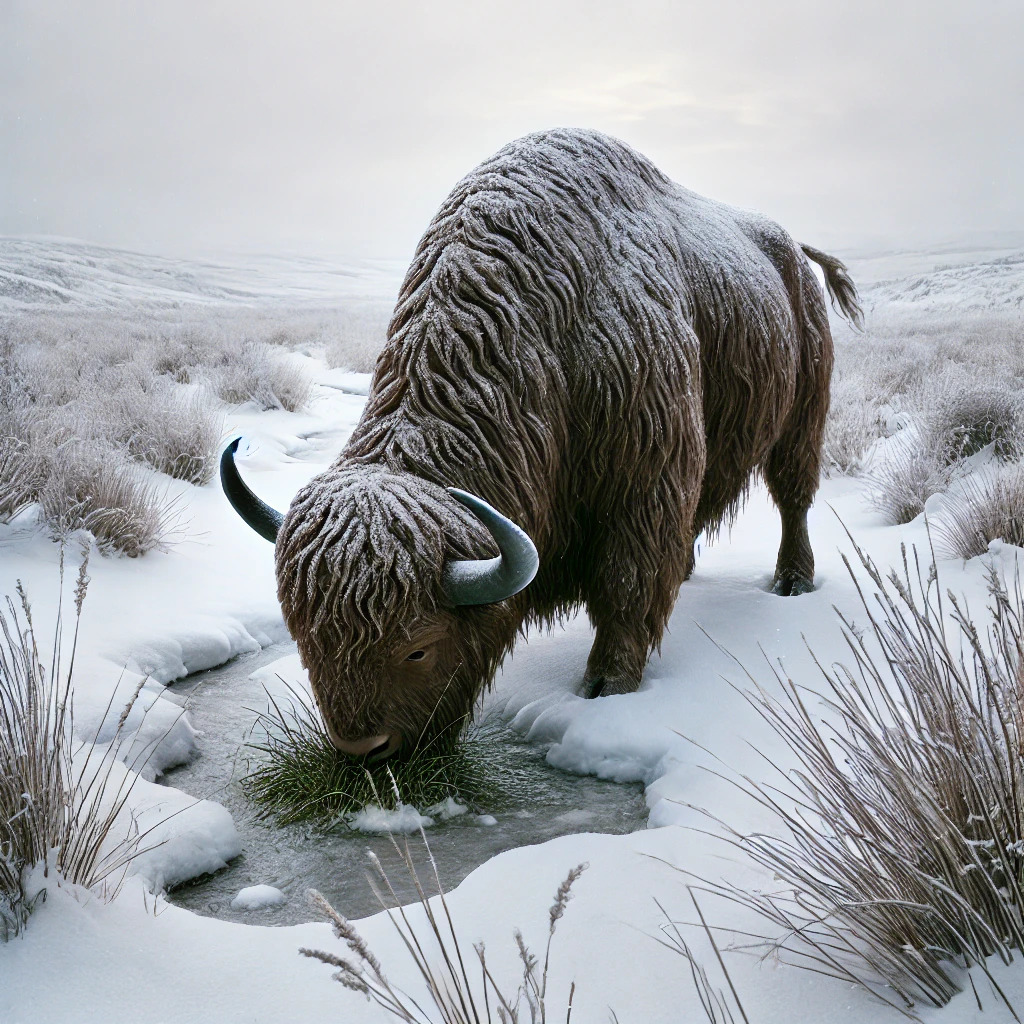
Buffalo grazing habits don’t just shape their bodies; they shape entire ecosystems. As these grazers trim the grasses, they unknowingly help keep the plant community diverse and healthy. Their feeding keeps the grasses in check, which in turn supports other wildlife dependent on these habitats. It’s a win-win situation where everyone gets their share, even though the buffalos don’t exactly realize they’re playing such a crucial role.
Understanding their diet and its ecological impact highlights the importance of conservation efforts. If you’re keen on supporting these herbivores, think about reaching out to organizations dedicated to maintaining their habitats. Just by staying informed or spreading awareness, you become a part of the team fostering these magnificent creatures’ future.
Home on the Range: Where Wild Buffalos Roam in the United States
Imagine vast open fields, dramatic landscapes—this is where the wild buffalo truly belong. These incredible animals call various pockets of the United States their home. Even though the days of endless, open plains have passed, their legacy lives on in specific regions that echo their historical roaming grounds.
If you’re playing a game of ‘Where’s Waldo?’ with buffalos today, start with places like Yellowstone National Park. This iconic park isn’t just a scenic escape; it’s a safe haven for thousands of bison. Then there’s Custer State Park in South Dakota, another wonderful spot where herds thrive naturally.
Beyond these renowned locations, smaller reserves and private lands also play an important role in maintaining bison populations. These areas create a diverse network of habitats, essential for their continued survival.
Of course, sharing the landscape with human activity isn’t all sunshine. Be mindful of challenges like urban sprawl and agriculture that sometimes clash with their natural habitats. It’s up to us to balance development with preservation efforts. Whether you’re an outdoor enthusiast, a wildlife advocate, or just a curious soul, supporting local and national initiatives protects these sacred spaces. That way, when you trek out to spot a buffalo, you’re not just watching an animal; you’re joining a tradition of appreciation and protection.
The Human Connection: Coexisting with Wild Buffalos
Our relationship with wild buffalo takes many forms, from reverence in Native American cultures to modern wildlife conservation efforts. For indigenous communities, the buffalo isn’t just an animal; it’s a sacred symbol deeply woven into their traditions and way of life. These connections echo through stories, dances, and ceremonial practices that celebrate the bison’s spirit and legacy.
Beyond cultural ties, there’s an economic aspect that fuels cohabitation. Ecotourism has become a key player in regions where buffalo herds roam. Tourists flock in, hoping to catch a glimpse of these majestic creatures, all while pumping money into local economies. It’s a real win-win where both communities and conservation efforts benefit.
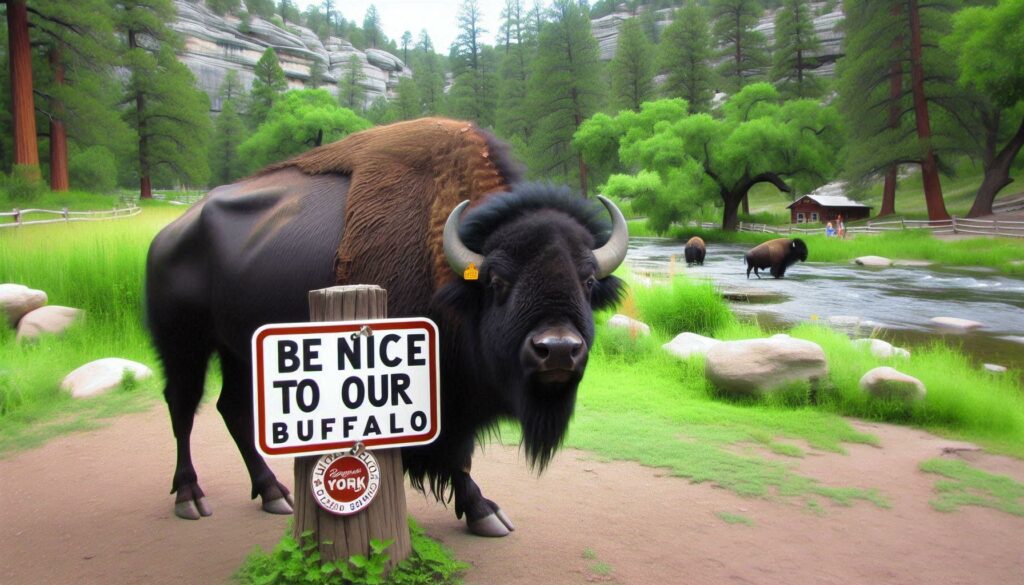
But it’s not just about tourism dollars. The presence of buffalo encourages a valuable dialogue on wildlife preservation and sustainable living. Educational programs and volunteer opportunities allow people to engage meaningfully, fostering a deeper appreciation for these animals and their habitats. By participating, you contribute to a broader movement aimed at conserving biodiversity and fostering harmonious human-wildlife interactions.
Getting involved doesn’t have to be grand. It could be as simple as supporting organizations that focus on bison preservation or educating yourself and others about their ecological and cultural significance. These small steps make a difference in ensuring that future generations will also have the chance to connect with wild buffalo and understand their pivotal role in our shared environment.
Have you ever thought about visiting Yellowstone National Park? I live in Idaho Falls, Idaho and I have the pleasure of being only a couple of hours away from Yellowstone. CLICK ON THE IMAGE BELOW AND CHECK OUT WHAT IS AVAILABLE FOR YOUR NEXT VACATION TO THIS AMAZING, BEAUTIFUL PARK!
